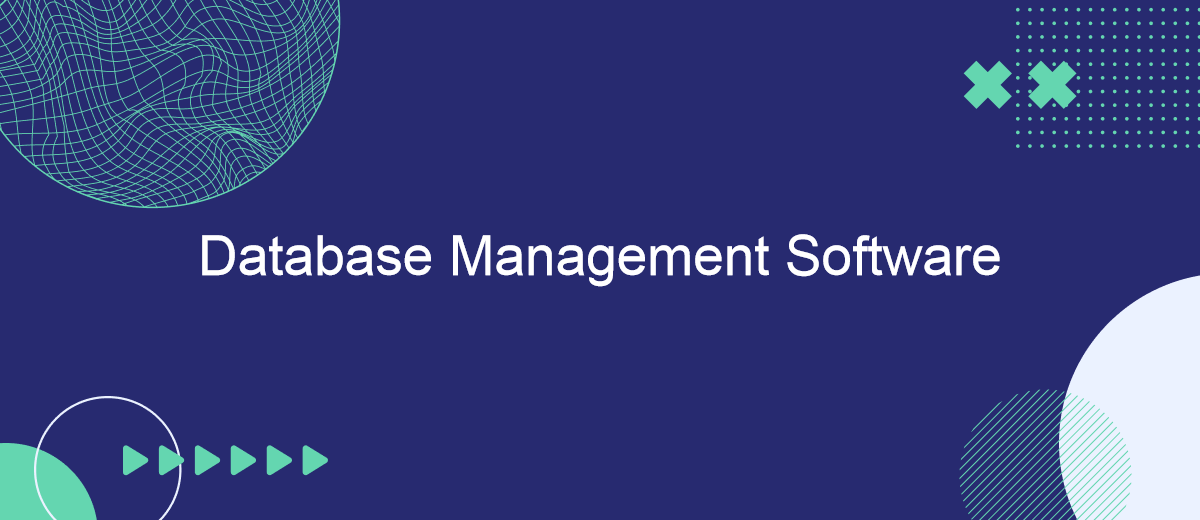Data is one of the most valuable resources of the 21st century. The quality and speed of data handling today determine the success of virtually any business. Entrepreneurs who have realized this have long since moved to a digital mode of operation and actively use specialized software for storing and processing information. In our article, we will explain what a DBMS is and introduce you to the five most in-demand services of this type in 2024.
What is a Database Management Software
A Database Management System (DBMS) is a software suite for centralized data storage and management. With it, users can add, modify, update, delete, and view structured information, as well as perform other actions with the data and its storage. Additionally, it provides tools for data protection, integrity maintenance, and concurrent data processing.
DBMSs are divided into several types, differing in structure and data types:
- relational;
- hierarchical;
- network systems;
- object-oriented.
Key functions of a DBMS:
- Storage. Ensures organized data storage in tables, rows, and columns for quick retrieval.
- Centralized access. Provides controlled access to data from various locations and devices through a unified interface. The data itself can be located anywhere in the world on any storage medium.
- Manipulation. Users can interact with information within the database in various ways (inserting, updating, changing, deleting, etc.), while maintaining its integrity and consistency.
- Backup and recovery. Simplifies and accelerates the process of creating backups and restoring data from them, effectively protecting the data from damage and destruction.
- Administration. Allows management of database versions, monitoring and tuning their performance. Moreover, it enables automatic rollback and reboot, conducting activity audits, and so forth.
Among the advantages of a DBMS are:
- Structuring. Systems logically structure data. This is especially useful for processing large volumes of information.
- Integrity and concurrency. Users and developers can simultaneously use the same data, maintaining its integrity.
- Centralization. Ensures data independence and security. In addition, DBMSs provide a locking mechanism, a handler for balancing the needs of multiple client applications, rapid recovery, and more.
- Shared access. Ensures stable shared access to data by many users and applications. It reduces data redundancy, which occurs when storing data in different locations.
- Modification. DBMSs are easier and faster to adapt to specific business requirements. An administrator can add new data categories to the database without affecting the operation of integrated applications.
We hope this brief information has helped you gain or refresh your understanding of DBMS. Now, let's move directly to reviewing the best database management software examples.
Google Cloud SQL
Google Cloud SQL is a fully managed relational DBMS for PostgreSQL, MySQL, and SQL Server. It offers 36 regions for data storage across North and South America, Europe, Asia, and Australia. As of today, it is one of the most sought-after services within GCP.
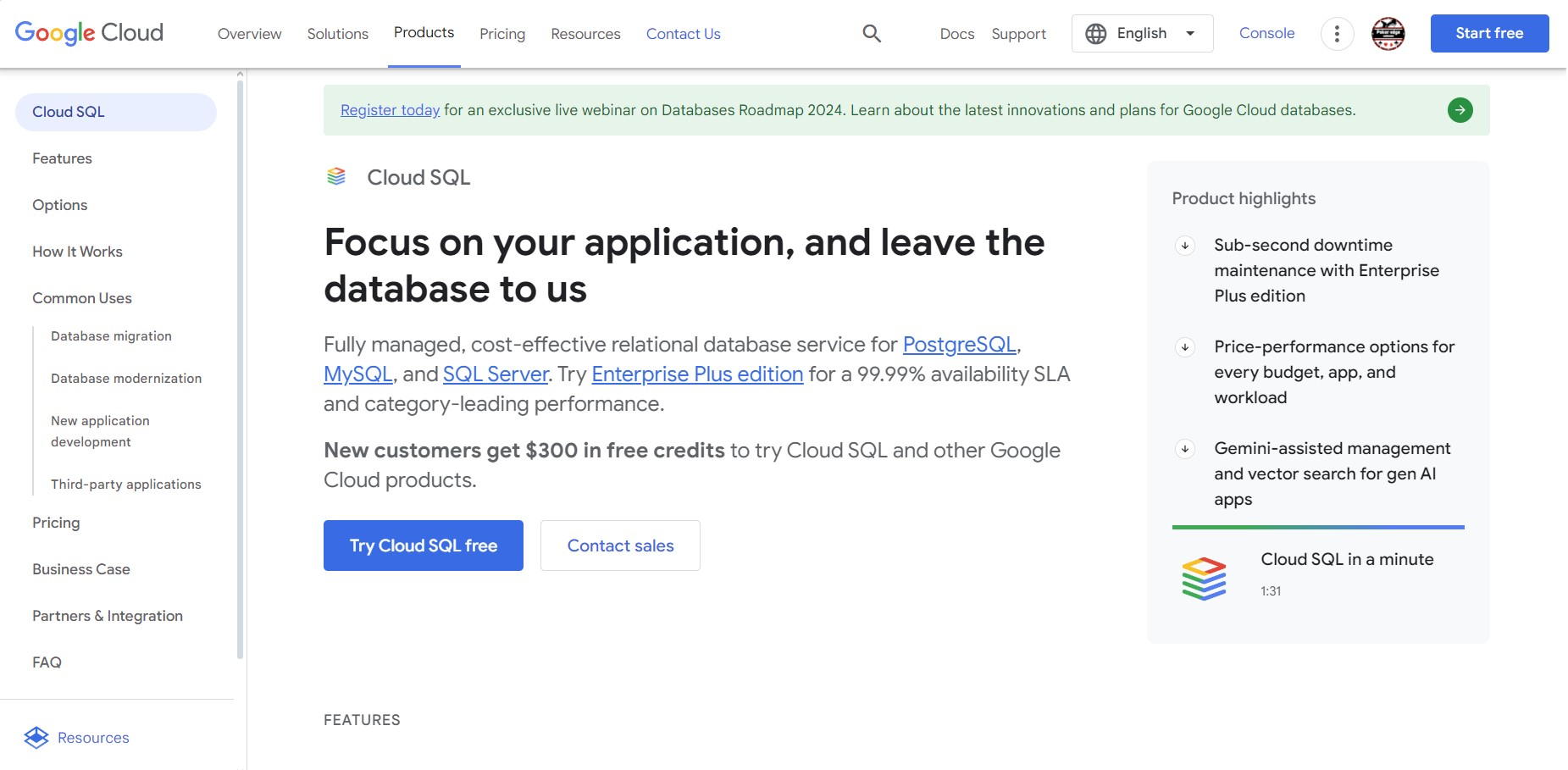
Key features:
- The system automates database management processes including patching, encryption, backup, replication, scaling, and more.
- Automatic failover across zones ensures the fastest and most stable access with protection against outages.
- The Enterprise version provides an SLA of 99.95% uptime for general-purpose workloads. The Enterprise Plus version guarantees an SLA of 99.99% for the most resource-intensive tasks, as well as disaster recovery with no data loss.
- The built-in AI assistant, Gemini, speeds up and simplifies a range of database operations: development, performance optimization, management, migration, data collection, and analysis.
- Cloud SQL supports popular open-source and commercial engines, including SQL Server, MySQL, and PostgreSQL. Furthermore, it offers a variety of extensions, configurations, and developer tools.
- The DBMS seamlessly integrates with other Google Cloud services like Compute Engine, Cloud Run, Google Kubernetes Engine, and Cloud IAM. This allows developers to easily and quickly migrate databases without additional costs. Moreover, they have the opportunity to use the service to build and deploy applications using APIs and third-party tools.
Cloud SQL falls into the category of conditionally free database management software. New GCP users receive a $300 bonus, which can be used on this or other services. Pricing depends on the versions, engine, and selected resources, including storage capacity, memory, and CPU power. Per-second billing applies.
Microsoft SQL Server
Microsoft SQL Server (Data Platform) is a relational database management system (DBMS) from Microsoft Corporation that provides tools for managing SQL Server databases and protecting them in on-premises or multi-cloud environments. Users have access to more than 10 different versions of the platform, each designed for different audiences and workload volumes.
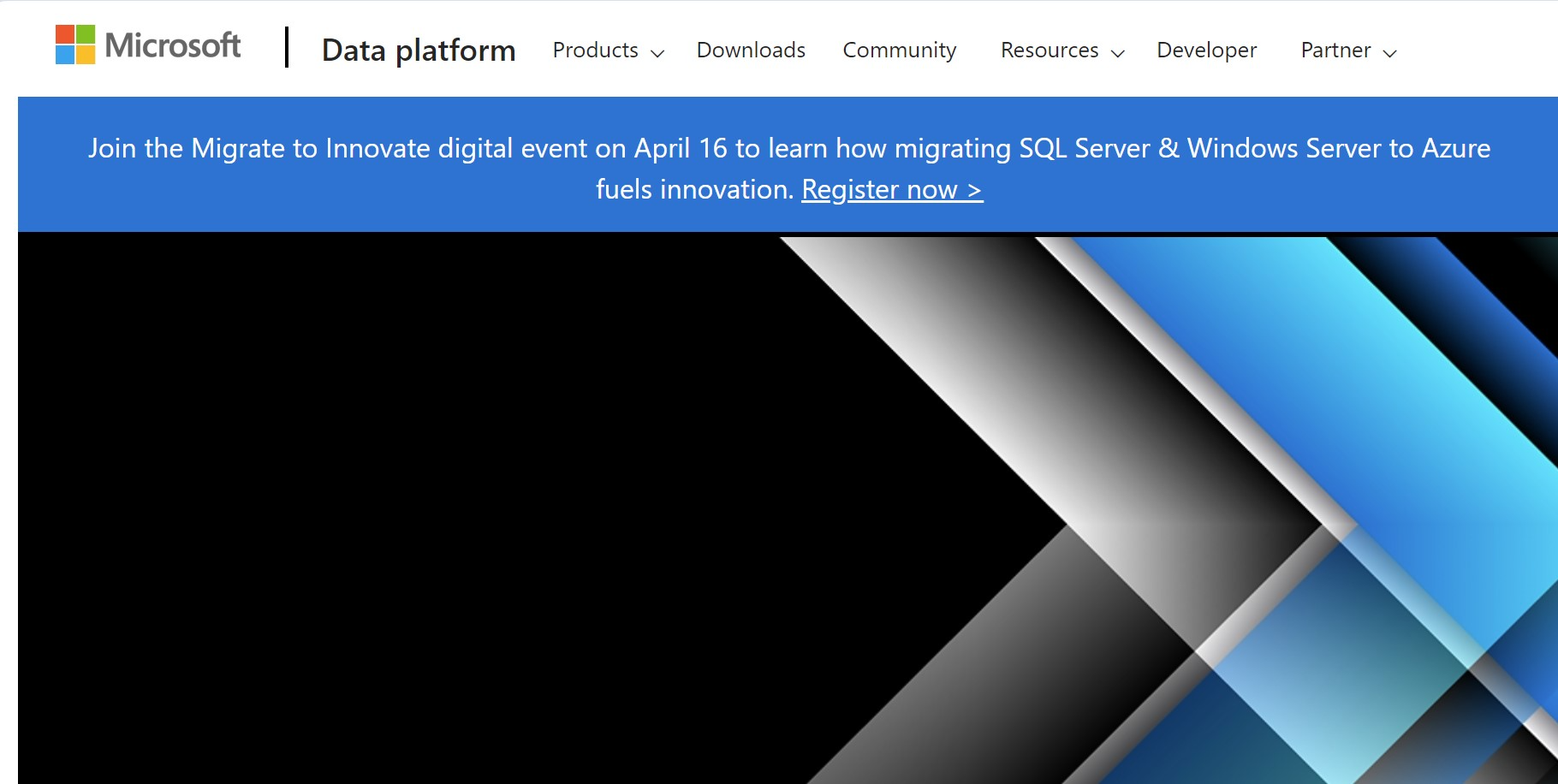
Key features:
- The cloud version of the DBMS software is available as part of Microsoft Azure tools in the form of PaaS (Platform-as-a-Service) and through Azure SQL Edge for Internet of Things devices. For on-premises use, the scalable hybrid platform SQL Server 2022 is suitable, which includes free Developer and Express versions.
- Centralized data management using Azure optimizes database operations and ensures stable, continuous application performance.
- The service's capabilities allow developers to use any technology, including open source. With an impressive set of features, they can easily integrate data into applications.
- Microsoft Data Platform has incorporated AI and ML algorithms into the database structure and peripheral processes, providing rapid forecasting and enhanced protection.
Users are billed for Microsoft SQL Server 2022 services using a pay-as-you-go model. This offers billing flexibility, as payment is based on resource usage in both local and cloud environments. The cost for the Standard per core version is $73 per month ($0.100 per hour), and for the Enterprise per core version, it is $274 per month ($0.375 per hour).
MongoDB
MongoDB is one of the sought-after DBMS examples. It is a popular open-source NoSQL platform that serves as an alternative to relational databases. It is optimally suited for handling large sets of distributed data.
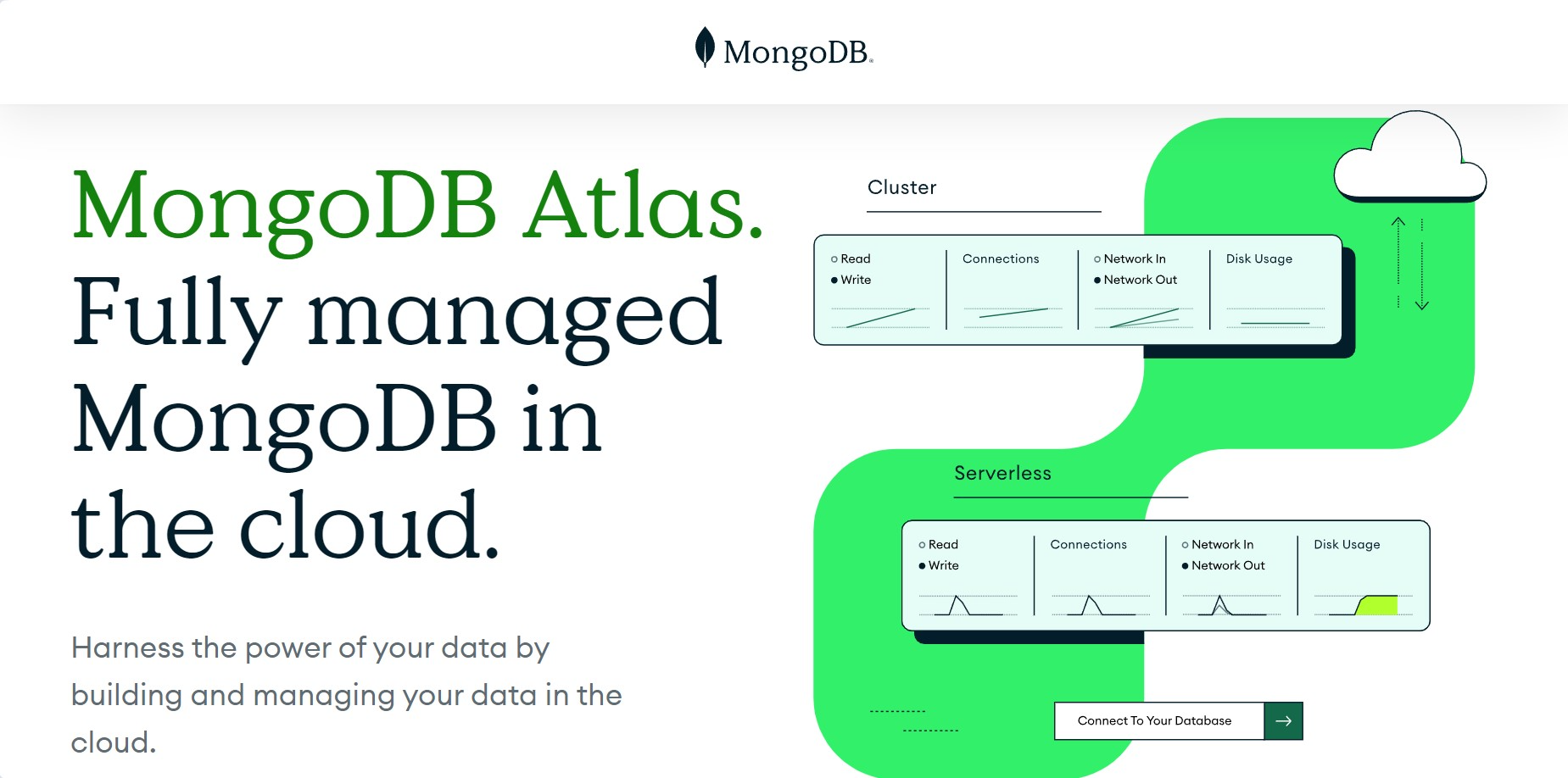
Key features:
- MongoDB's architecture is based on collections and documents, rather than the tables and rows typical of relational databases. Documents contain key-value pairs, and collections organize sets of documents. The platform supports programming languages such as C, C++, C#, Go, Java, Python, Ruby, and Swift.
- MongoDB is suitable for storing large volumes of structured and unstructured data with both vertical and horizontal scaling. It allows data searching by fields, expressions, and ranges.
- The DBMS flexibly integrates data for applications, including hybrid and multi-cloud setups. Load balancing enables its use across multiple servers.
- In document-oriented systems, documents can be embedded to describe nested structures and modify the data stored in them.
- MongoDB offers replication – creating multiple instances of the DBMS consisting of primary and secondary servers. The primary servers handle read and write operations, while the secondary servers store data copies, ensuring high availability.
- The platform supports various data storage engines, as well as the integration of third-party engines via APIs.
Multi-cloud software for database management is available on AWS, Azure, and Google Cloud platforms. Users are offered three pricing plans:
- Shared (starting from $0 per month). Provides a basic configuration for learning and using the DBMS in a cloud environment. Space: from 512 MB to 5 GB.
- Serverless (starting from $0.1 per million reads). Suitable for serverless applications with moderate traffic. Minimal setup required. Space: up to 1 TB.
- Dedicated (starting from $57 per month). Designed for production applications with high load requirements. Users gain extended functionality for configuration management. Space: from 10 GB to 4 TB.
Snowflake
Snowflake is rightfully called one of the best database management software. It is a fully managed AI Data Cloud platform in the SaaS format. It provides infrastructure for developing and managing data warehouses and lakes, as well as for engineering, research, processing, applying, and sharing information.
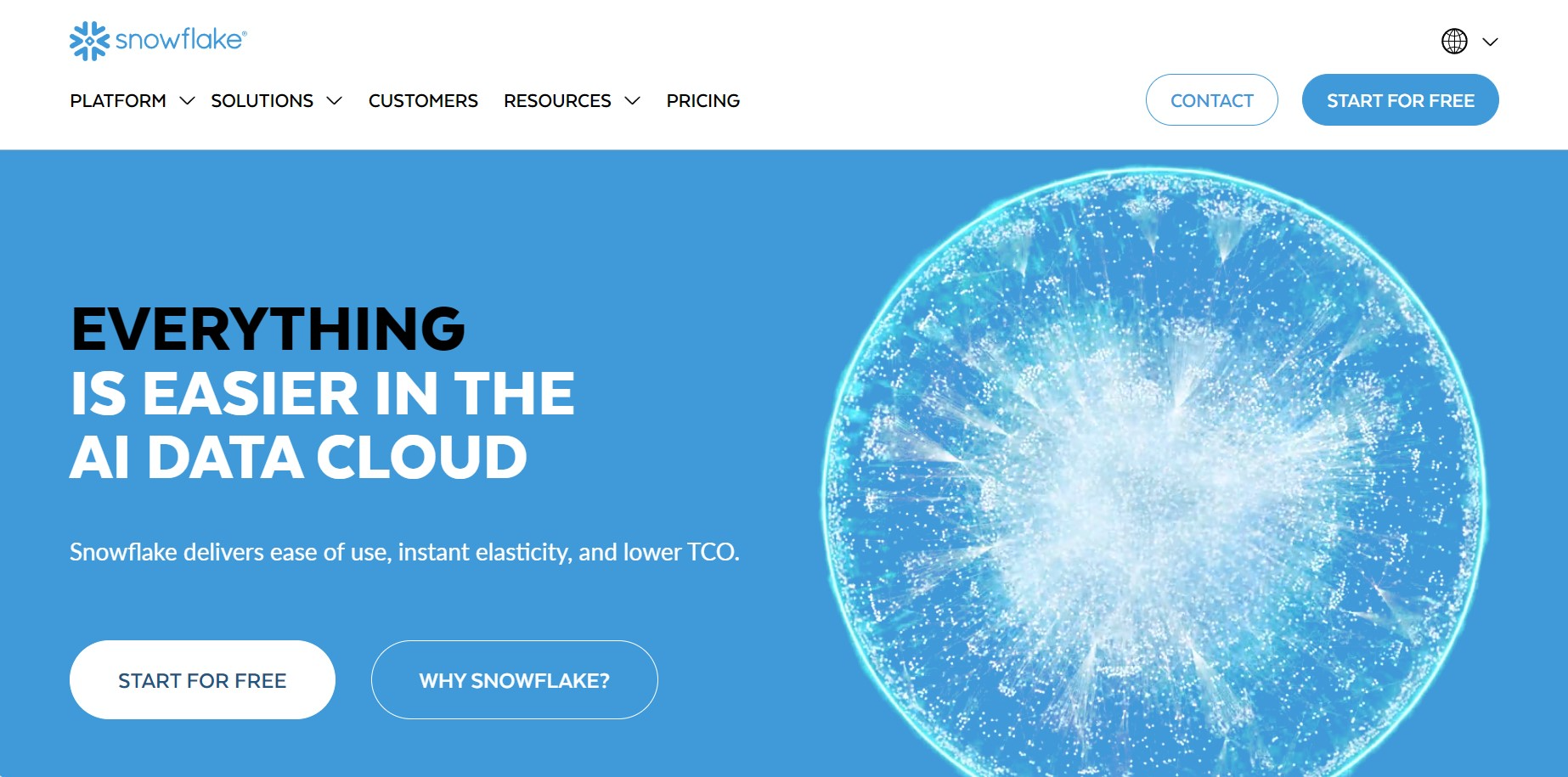
Key features:
- Multi-cloud software supported by three major providers: Amazon Web Services, Google Cloud, and Microsoft Azure.
- A multi-cluster data architecture separates computing resources from storage resources. This allows the system to be scaled easily in any direction without compromising its performance.
- The system supports semi-structured data using the VARIANT method to load, process, and transform it into a structured type.
- Snowflake automatically encrypts data with object-level access control, column-level protection, and row access policies.
- Users can share data with other account holders and external clients without duplication and additional payments. Account holders with shared data access only pay for query processing, while the data itself synchronizes with the main source.
- The platform has two different interfaces: Classic Console (with advanced features) and Snowsight (a later-released console focused on an understandable and user-friendly UX).
The cost of Snowflake services is influenced by the chosen cloud provider and region. There are four available pricing plans:
- Standard – starting from $2 per credit.
- Enterprise – starting from $3 per credit.
- Business Critical – starting from $4 per credit.
- Virtual Private Snowflake (VPS) – pricing is calculated individually and provided upon request.
Redis
Redis is a popular in-memory database management software. It offers cloud-based and local solutions for managing NoSQL databases, caching, and vector searches.
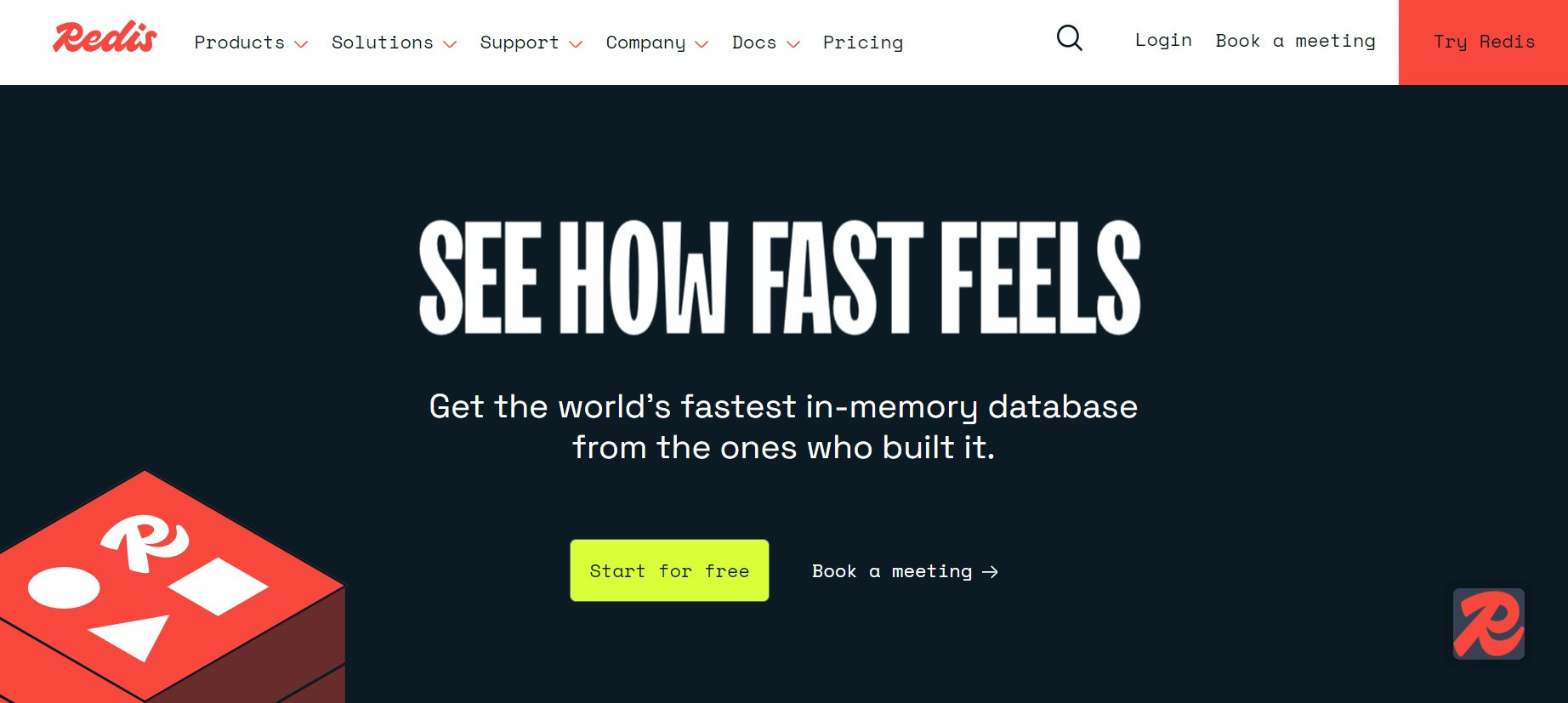
Key features:
- The platform-managed databases easily integrate into any technology stack, allowing developers to effortlessly create, scale, and deploy applications.
- The system enables rapid deployment of applications in caching, NoSQL, vector databases, and custom configurations in any environment without additional setup.
- Redis supports advanced caching technologies, including a query mechanism, a unified data model, and its own ecosystem with protocols, documentation, and other resources.
- The DBMS ensures enterprise-level security by providing complete control over shared data access and expert support.
- Developers can linearly scale real-time applications with millisecond latency and an SLA of up to 99.999%.
- Support for multi-user mode and automatic multi-tier distribution helps maximize infrastructure efficiency.
Redis Cloud offers two pricing plans:
- Essentials (one database up to 12 GB) – starting from $5 per month.
- Pro (unlimited in number and size of databases) – starting from $0.881 per hour.
Final Thoughts
In our compilation of top database management software, we feature systems of various types, suitable for managing relational (PostgreSQL, MySQL, SQL Server) and non-relational (NoSQL) databases. Among them are native tools from major cloud services (Google Cloud Platform and Microsoft Azure). Others represent multi-cloud software capable of operating on different platforms. Each DBMS offers its own payment model: hourly or monthly (Redis, Microsoft SQL Server, and MongoDB), as well as based on consumed resources (Google Cloud, MongoDB, and Snowflake).
Also read on our blog:
- Comprehensive Review: Exploring the AI Capabilities of Databricks
- Perplexity AI: The AI-Powered Search Engine Revolutionizing Information Access
- Mistral AI: Revolutionizing Artificial Intelligence
- Mastering Cohere: A Guide to Advanced AI Language Models
